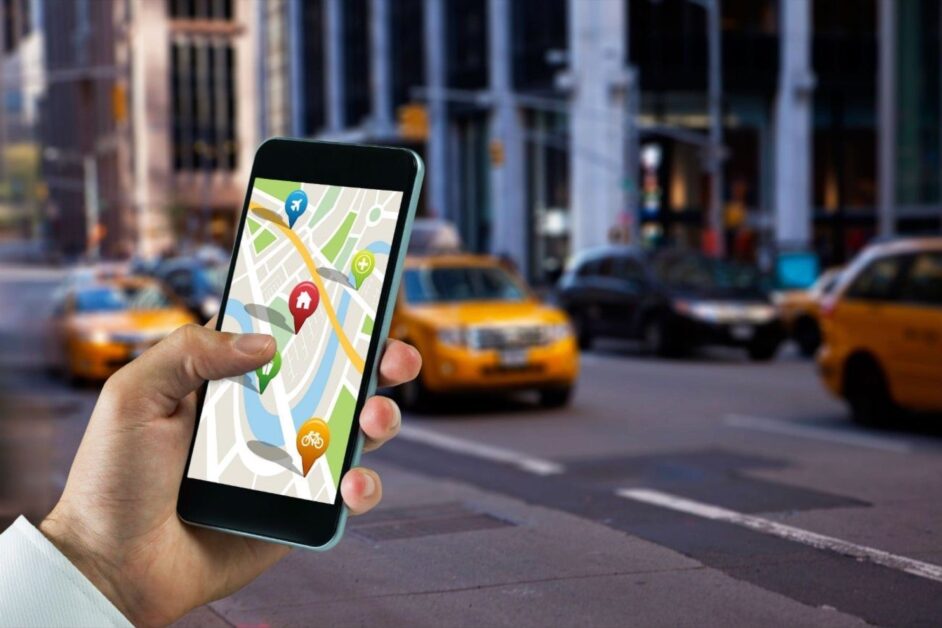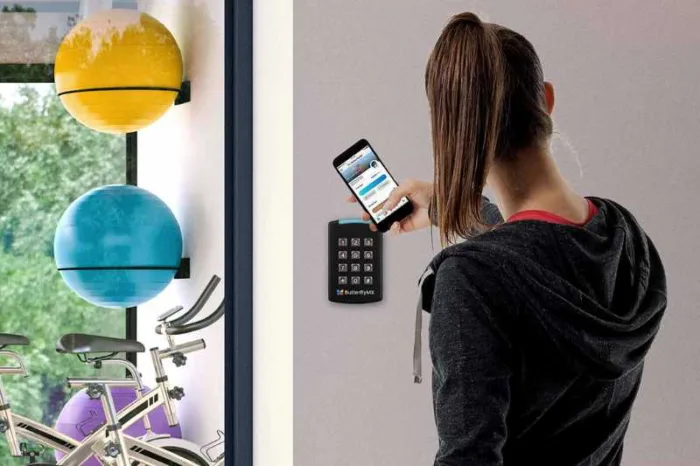With the rise of mobile devices, geofencing has become a standard practice for numerous businesses. Companies across the world are witnessing the significant adoption of geofencing to control and track corporate-owned assets.
Organizations can leverage (mobile device management) MDM tools with geofencing features to create a virtual fence and restrict access to corporate resources based on the location of the mobile devices.
What is Geofencing?
Geofencing is a location tracking service in which an app or software uses GPS, radio frequency identification (RFID), Wi-Fi, or cellular data to trigger a targeted action when a mobile device enters or leaves a virtual or geographic boundary, known as a geofence.
Geofencing is a security-based feature that allows organizations to define security policies for protecting sensitive corporate data on Android or iOS devices. For instance, if a company’s security policy prevents employees from accessing corporate data outside the organization’s premises, IT administrators can create a virtual fence policy to identify non-compliant mobile devices and take appropriate action.
There are many practical uses of Geofencing, including:
- Compliance management: Network logs can record geofence crossings to document the use of devices and compliance with the company’s standard policies.
- Asset management: Device owners can ensure the devices in their fleet remain at the designated location, minimizing the financial damages resulting from loss or theft.
- Fleet management: Geofencing can alert a dispatcher when a trucker breaks from the designated route.
Benefits of Geofencing at the workplace
-
Enables data security
Geofencing essentially puts a virtual leash on corporate devices. For example, companies can create a geofence around a warehouse, distribution center, or manufacturing plant and set rules that notify administrators that if mobile devices, like tablets or rugged devices, leave the geofence. With geofencing policies, companies can have control over the data when mobile devices are traveling. Administrators can choose what data an employee can access based on their location.
-
Increases employee productivity
Some companies rely on geofencing for monitoring employees, especially workers who spend time moving from one job site to another. It’s an easier way to manage a workforce, increase team collaboration, and more.
-
Deter device theft
Companies can streamline mobile device protection by applying active alerts using geofencing tracking. The protection of devices is ensured when company devices are protected by an MDM solution. Administrators can use the MDM to set up a geofence and automate the track and alert process. Key device security features include:
- Trigger an alert based on security policy
- Track multiple devices by GPS
- Save location history
- Remotely lock the device
- Remote wipe on devices
Why MDM for Geofencing?
Geofencing can find various use cases. For instance, an organization might have multiple locations that may need different geofences of different sizes and security policies. By using an MDM with geofencing capability like Scalefusion, IT administrators can create geofences with different security policies. They can also enable the MDM software to turn off or disable a device that has left the geofence, making it easy protection against device theft. This protects critical business data and information from leaving the company premises.









